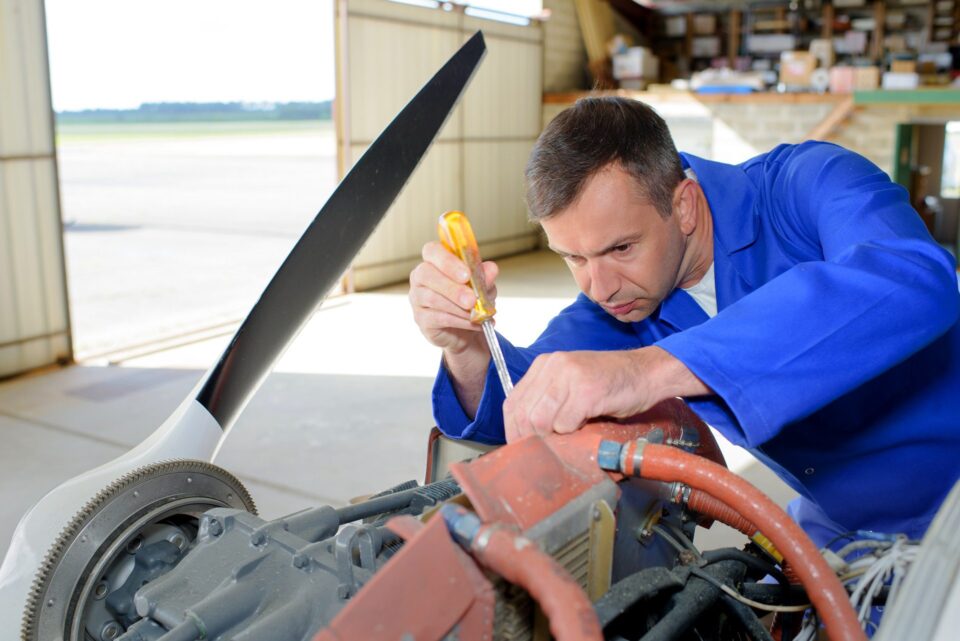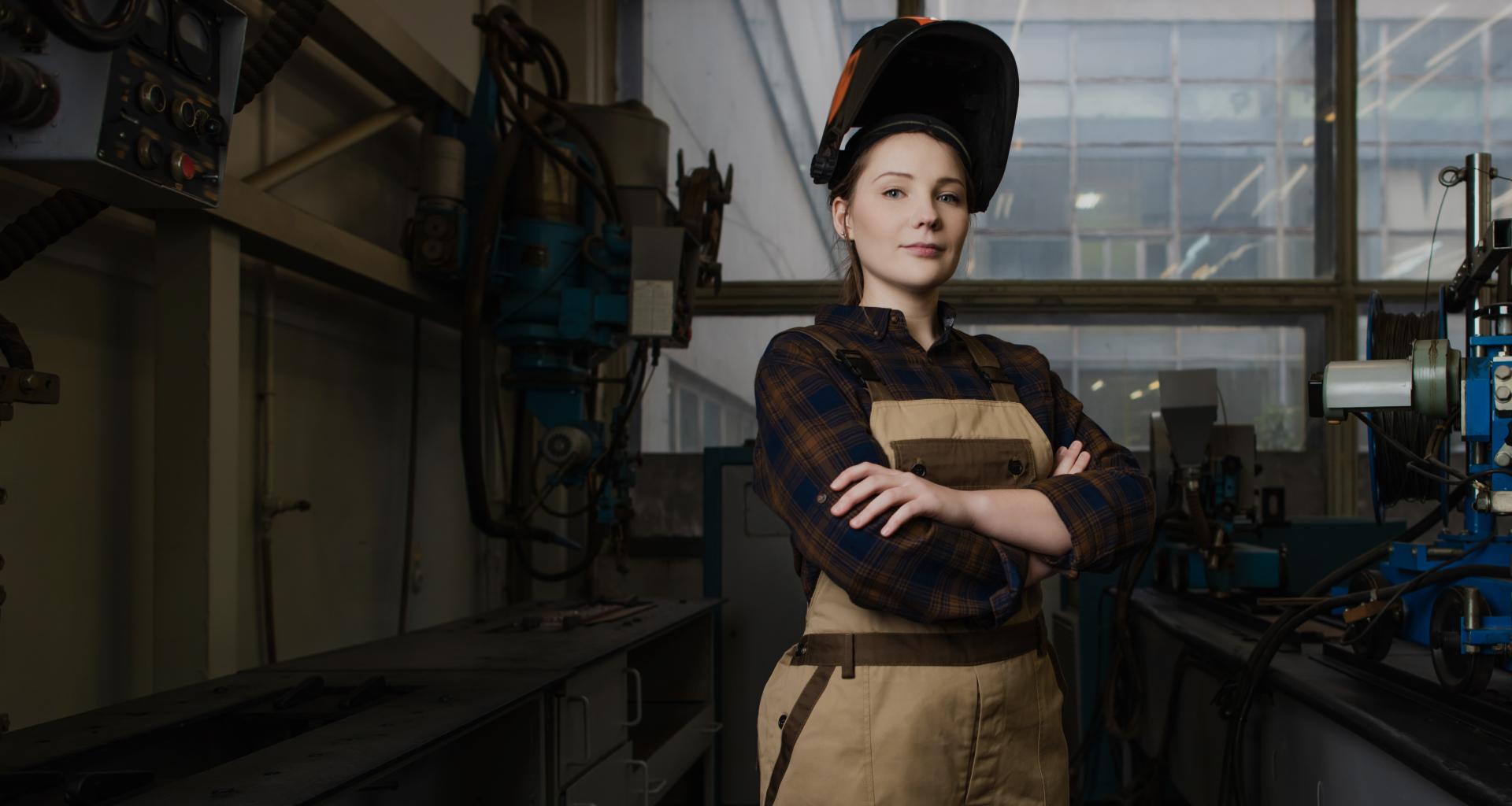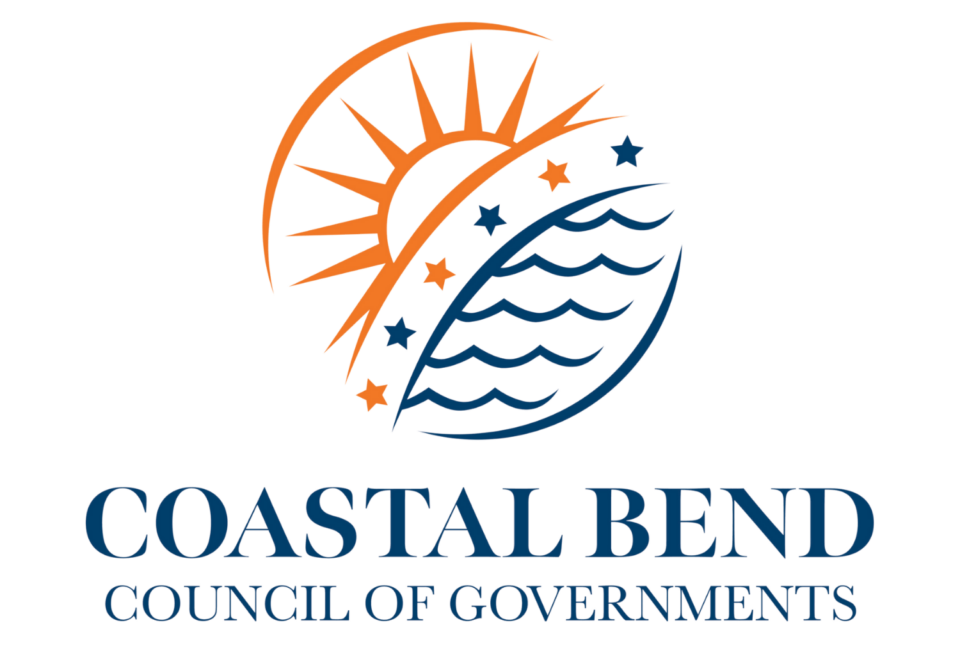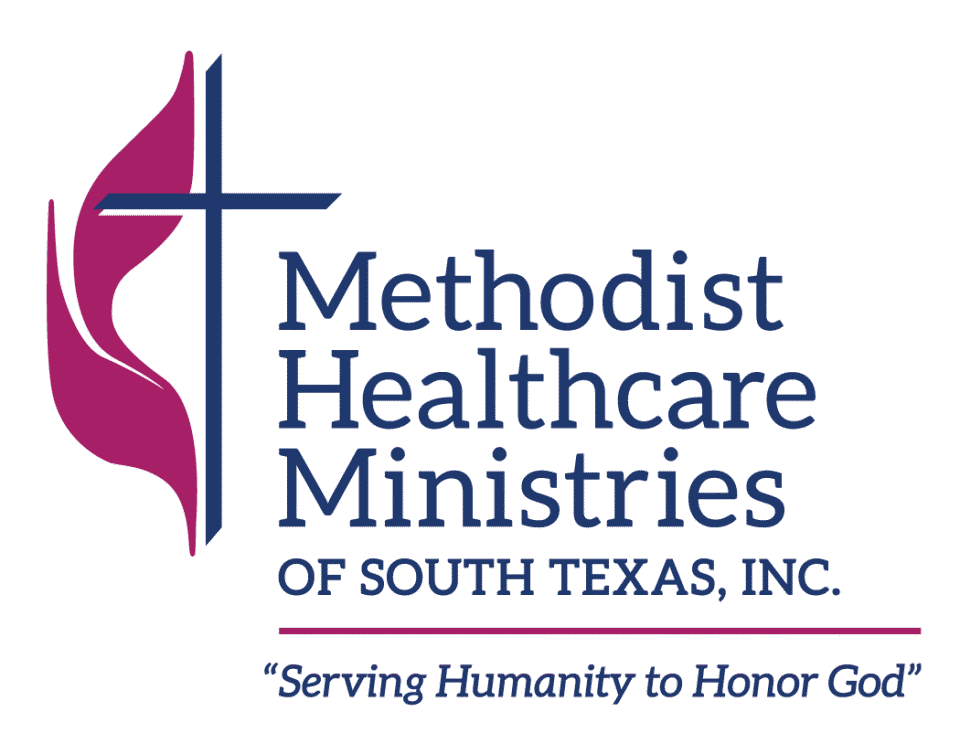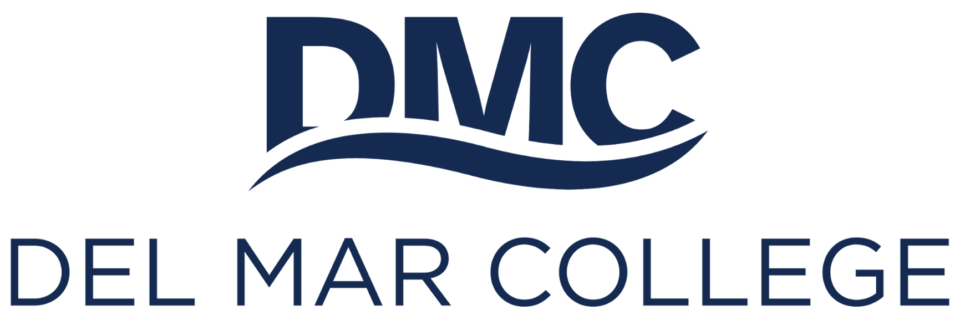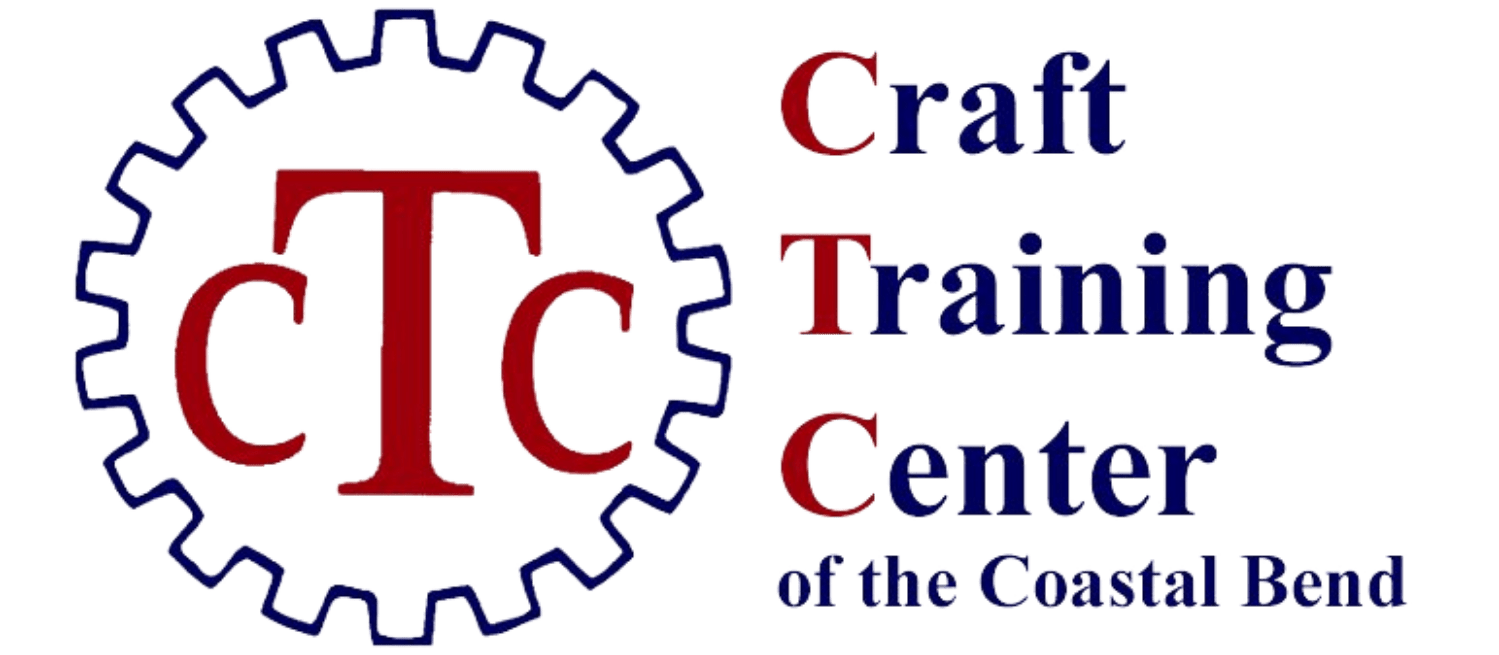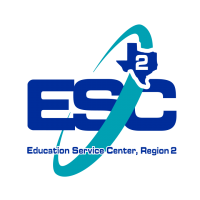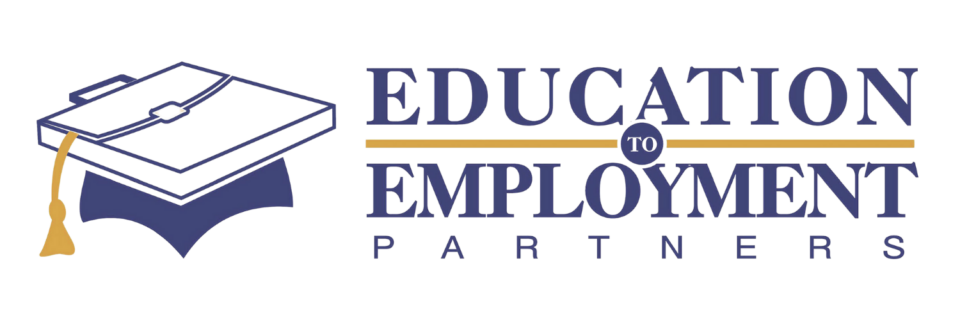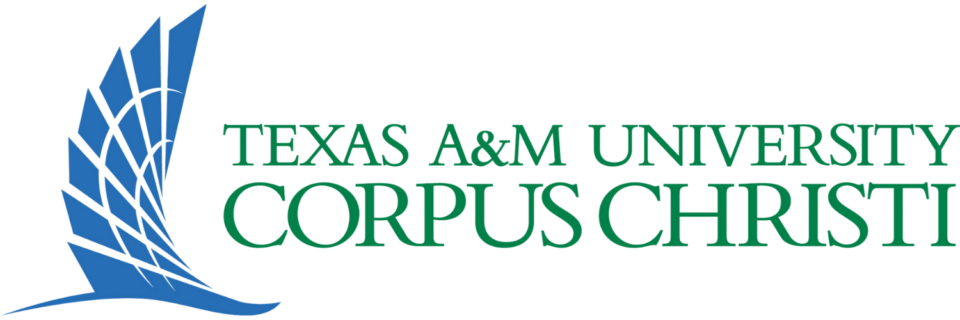Aircraft Mechanics and Service Technicians
At a glance
- Median Salary$68,020
- Local Jobs988
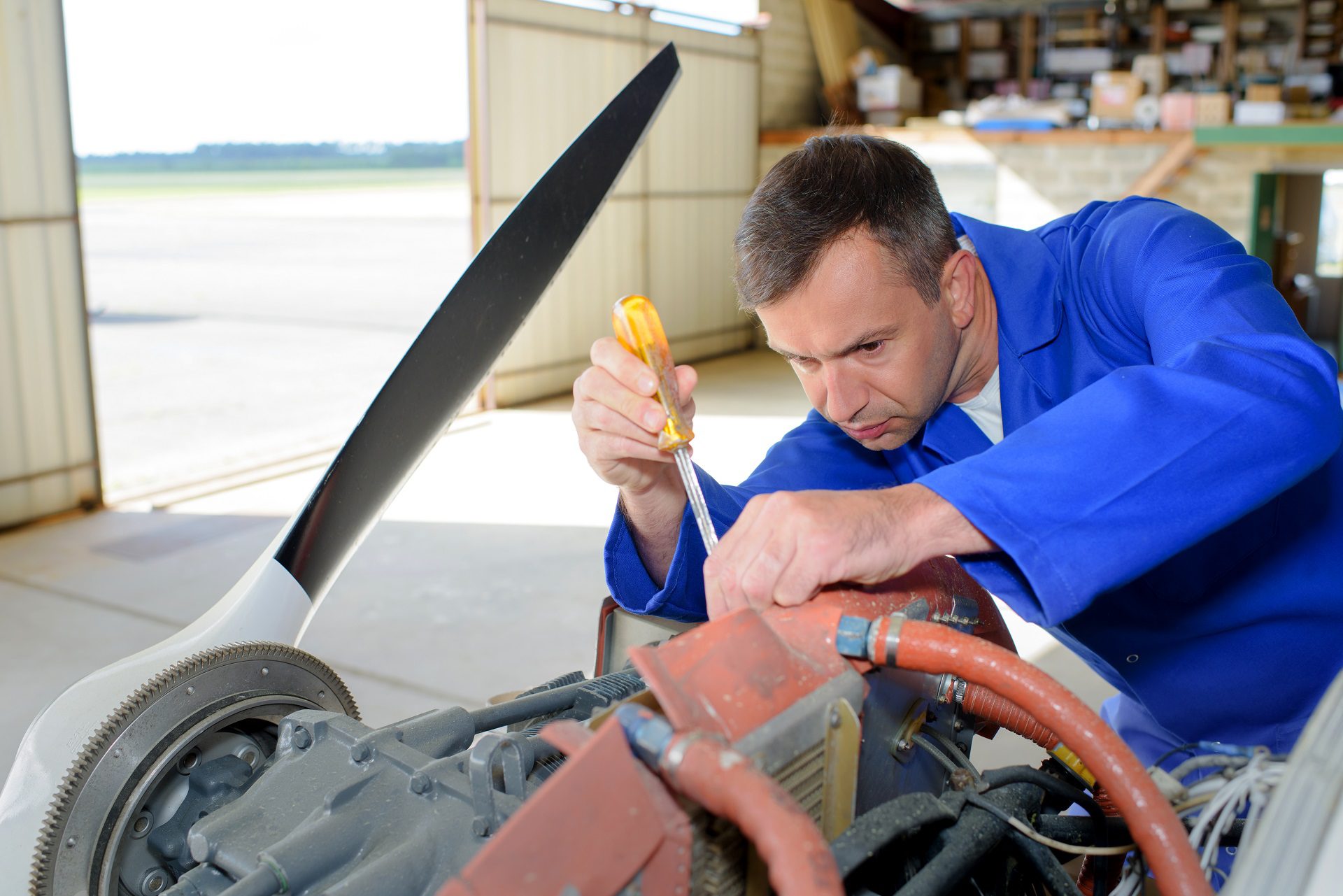
Occupation Profile
By the Numbers
Median annual earnings$68,020
Median Annual Earnings are the midpoint earned by 50 percent of workers who are the lowest paid and 50 percent of workers who are the highest paid in a particular occupationLocal Jobs988
Median Annual Earnings are the midpoint earned by 50 percent of workers who are the lowest paid and 50 percent of workers who are the highest paid in a particular occupationEntry-level educationCertification
Median Annual Earnings are the midpoint earned by 50 percent of workers who are the lowest paid and 50 percent of workers who are the highest paid in a particular occupation
Daily Tasks
- Examine and inspect aircraft components, including landing gear, hydraulic systems, and deicers to locate cracks, breaks, leaks, or other problems.
- Read and interpret maintenance manuals, service bulletins, and other specifications to determine the feasibility and method of repairing or replacing malfunctioning or damaged components.
- Inspect completed work to certify that maintenance meets standards and that aircraft are ready for operation.
- Maintain repair logs, documenting all preventive and corrective aircraft maintenance.
- Conduct routine and special inspections as required by regulations.
- Inspect airframes for wear or other defects.
- Measure parts for wear, using precision instruments.
- Modify aircraft structures, space vehicles, systems, or components, following drawings, schematics, charts, engineering orders, and technical publications.
- Maintain, repair, and rebuild aircraft structures, functional components, and parts, such as wings and fuselage, rigging, hydraulic units, oxygen systems, fuel systems, electrical systems, gaskets, or seals.
- Obtain fuel and oil samples and check them for contamination.
- Replace or repair worn, defective, or damaged components, using hand tools, gauges, and testing equipment.
- Read and interpret pilots’ descriptions of problems to diagnose causes.
- Test operation of engines and other systems, using test equipment, such as ignition analyzers, compression checkers, distributor timers, or ammeters.
- Measure the tension of control cables.
- Spread plastic film over areas to be repaired to prevent damage to surrounding areas.
- Assemble and install electrical, plumbing, mechanical, hydraulic, and structural components and accessories, using hand or power tools.
- Remove or install aircraft engines, using hoists or forklift trucks.
- Locate and mark dimensions and reference lines on defective or replacement parts, using templates, scribes, compasses, and steel rules.
- Fabricate defective sections or parts, using metal fabricating machines, saws, brakes, shears, and grinders.
- Reassemble engines following repair or inspection and reinstall engines in aircraft.
- Service and maintain aircraft and related apparatus by performing activities such as flushing crankcases, cleaning screens, and or moving parts.
- Clean, refuel, and change oil in line service aircraft.
- Trim and shape replacement body sections to specified sizes and fits and secure sections in place, using adhesives, hand tools, and power tools.
- Install and align repaired or replacement parts for subsequent riveting or welding, using clamps and wrenches.
- Remove or cut out defective parts or drill holes to gain access to internal defects or damage, using drills and punches.
- Accompany aircraft on flights to make in-flight adjustments and corrections.
- Inventory and requisition or order supplies, parts, materials, and equipment.
- Clean, strip, prime, and sand structural surfaces and materials to prepare them for bonding.
- Communicate with other workers to coordinate fitting and alignment of heavy parts, or to facilitate processing of repair parts.
Occupational Skills
Hard Skills
- Brake (Sheet Metal Bending)
- Federal Aviation Administration
- Foreign Object Damage
- Hand Tools
- Hydraulics
- Object-Relational Mapping
- Test Equipment
- Tooling
- Towing
- Transmission Control Protocol (TCP)
Soft Skills
- Cleanliness
- Communications
- English Language
- Management
- Mechanical Aptitude
- Operations
- Quality Assurance
- Report Writing
- Troubleshooting (Problem Solving)
- Valid Driver's License
Hard skills are specific, learnable, measurable, often industry- or occupation-specific abilities related to a position.
Soft skills can be self-taught and usually do not necessitate a certain completed level of education. They are essential in many industries and occupations.
Educational Programs
Aircraft Mechanics and Service Technicians
| Type | Credential | Hrs | Online | Financial Aid |
| Credit | AAS, L2 Cert, OSA | 60/51/11 | No | Yes |
Learn more aboutAircraft Mechanics and Service Technicians
Visit Career Coach for additional in-depth information and available training programs for this job.
